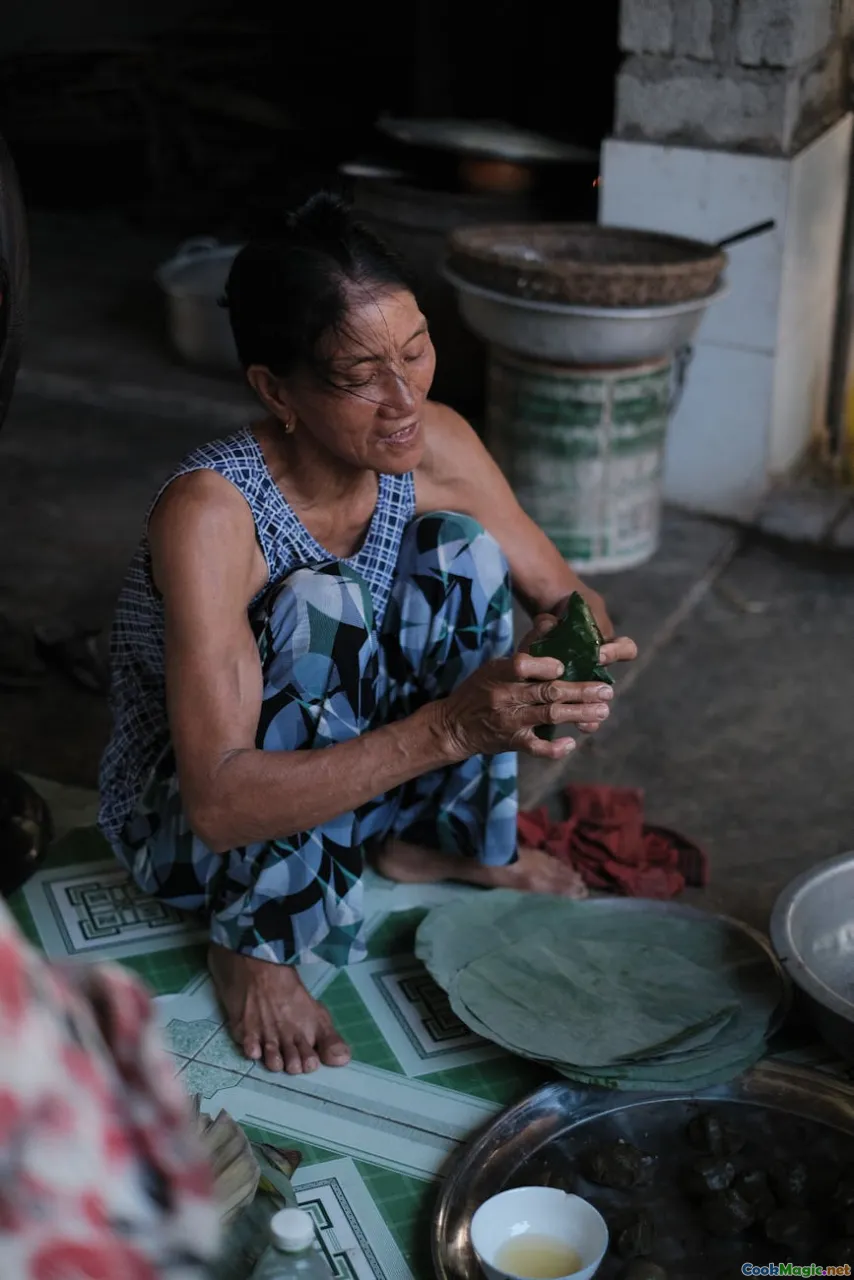Food Stories from the Māori People
8 min read Discover the rich culinary traditions of the Māori people, their stories, unique dishes, and the cultural significance behind every bite in New Zealand. April 29, 2025 14:00
Food Stories from the Māori People
Imagine a land where every flavor, aroma, and texture is woven into a story—stories that have traveled through generations, carrying the essence of a people deeply connected to their land and sea. Welcome to the vibrant world of Māori cuisine, a narrative-rich tapestry that goes far beyond ingredients and recipes. It’s a living history, a celebration of identity, and a testament to resilience.
An Introduction to Māori Culinary Heritage
The Māori people, indigenous to Aotearoa (New Zealand), possess a culinary tradition that is as profound as it is ancient. Before European contact, Māori cuisine was a reflection of their environment—rich, diverse, and deeply spiritual. Food was more than sustenance; it was a conduit for storytelling, kinship, and spiritual connection.
From the lush forests to the bountiful seas surrounding the islands, every ingredient held meaning. Traditional Māori foods like kumara (sweet potato), pipi (shellfish), and fernroot were not merely eaten—they were integral to rituals, social gatherings, and the oral histories that kept their culture alive.
The Heart of Māori Food Culture: Hāngi and Kaitiakitanga
One of the most iconic Māori culinary traditions is the hāngi—a slow-cooked feast prepared in an underground oven. The process is a communal event, embodying principles of kaitiakitanga (guardianship), sharing, and reverence for the land.
The Art of the Hāngi
Preparing a hāngi is an act of love and patience. Stones are heated in a fire until glowing red, then carefully placed in a pit. Meat—often pork, chicken, or lamb—is wrapped in leaves, along with vegetables like kumara, yams, and cabbage. These are layered with the heated stones, covered with cloth and earth, and left to cook for several hours.
The aroma that escapes as the earth is uncovered is intoxicating—a smoky, sweet scent that hints at the tender, flavorful treasures within. When revealed, the food is moist, infused with smoky earthiness, and bursting with flavor. Each bite tells a story of tradition, community effort, and spiritual reverence.
Kaitiakitanga: Guardianship of Food Resources
Māori view their environment as a living ancestor, and their food gathering practices reflect this deep respect. Kaitiakitanga emphasizes sustainable harvesting—taking only what is needed and ensuring the land and sea remain vibrant for future generations. This ethos is woven into the stories of their food, reminding us of the importance of harmony with nature.
Iconic Māori Foods and Their Stories
Kumara: The Sweet Root of Life
Kumara is perhaps the most iconic Māori crop, introduced by Polynesian ancestors centuries ago. Its sweet, starchy flesh is a symbol of survival and adaptability. Traditionally, kumara was grown in hill gardens, and stories tell of its sacred connection to ancestors and the land.
Cooking kumara was an art—baked in hāngi, roasted over open fires, or sliced thin and dried into chips. Its vibrant orange hue and tender texture evoke a sense of warmth and home.
Pipi and Other Shellfish: Gifts from the Sea
The Māori’s intimate relationship with the ocean is evident in their seafood traditions. Pipi, cockles, and mussels were collected with reverence, often during ritual gatherings. These shellfish are not just food; they are symbols of abundance and gratitude.
Fernroot and Taro: Earth’s Bounty
Fernroot, ground into a starchy paste, was a staple during times of scarcity. It’s a testament to Māori ingenuity—ferns were abundant, and processing their roots into a nourishing meal was a communal act.
Seafood and Fish: The Lifeblood of the Islands
The surrounding seas provided kōura (crayfish), pāua (abalone), and various fish. These ingredients feature prominently in traditional dishes and hold stories of voyaging, exploration, and sustenance.
Food as Storytelling and Cultural Preservation
Every Māori dish encapsulates a story—of migration, survival, spirituality, and kinship. Food acts as a living archive, passing down knowledge and values through generations.
For instance, the hangi is more than a cooking method; it’s a gathering ritual that reinforces community bonds. Sharing a meal cooked in this traditional way connects individuals to their ancestors and the land.
Similarly, the stories of planting kumara or harvesting seafood are woven into chants (waiata) and carvings (whakairo), preserving history in edible form.
Personal Reflection: A Taste of Connection
During my visit to a Māori marae, I experienced firsthand the profound connection between food and identity. Sitting around the hāngi pit as the earth was lifted, I felt the weight of history and tradition seep into every flavorful, smoky bite. It was an awakening—a reminder that food is ultimately about community, memory, and respect.
Contemporary Māori Cuisine: Honoring Tradition, Embracing Innovation
Modern Māori chefs are blending age-old techniques with contemporary culinary artistry. Restaurants across New Zealand now serve dishes inspired by traditional ingredients but presented with a modern twist—think kumara-infused desserts, seafood ceviches with native herbs, and fusion dishes that celebrate Māori heritage.
This culinary renaissance honors the stories of ancestors while embracing innovation, ensuring that Māori food culture continues to thrive and adapt.
Conclusion: A Feast of Stories and Spirit
The food stories of the Māori people are a testament to resilience, reverence, and the enduring power of tradition. They remind us that every meal is an opportunity to connect—to our ancestors, to the land and sea, and to each other.
As you explore Māori cuisine, let each bite be a story unfolding—a narrative of a people who have nurtured their land and sea with love, respect, and unyielding spirit. Through flavors and rituals, their stories continue to be told, one delicious morsel at a time.









